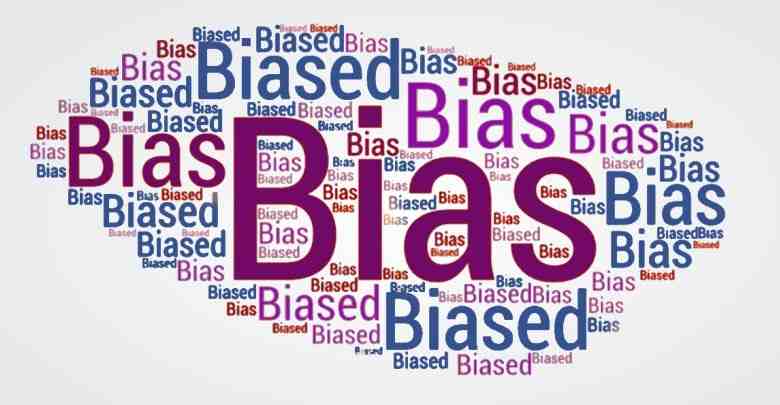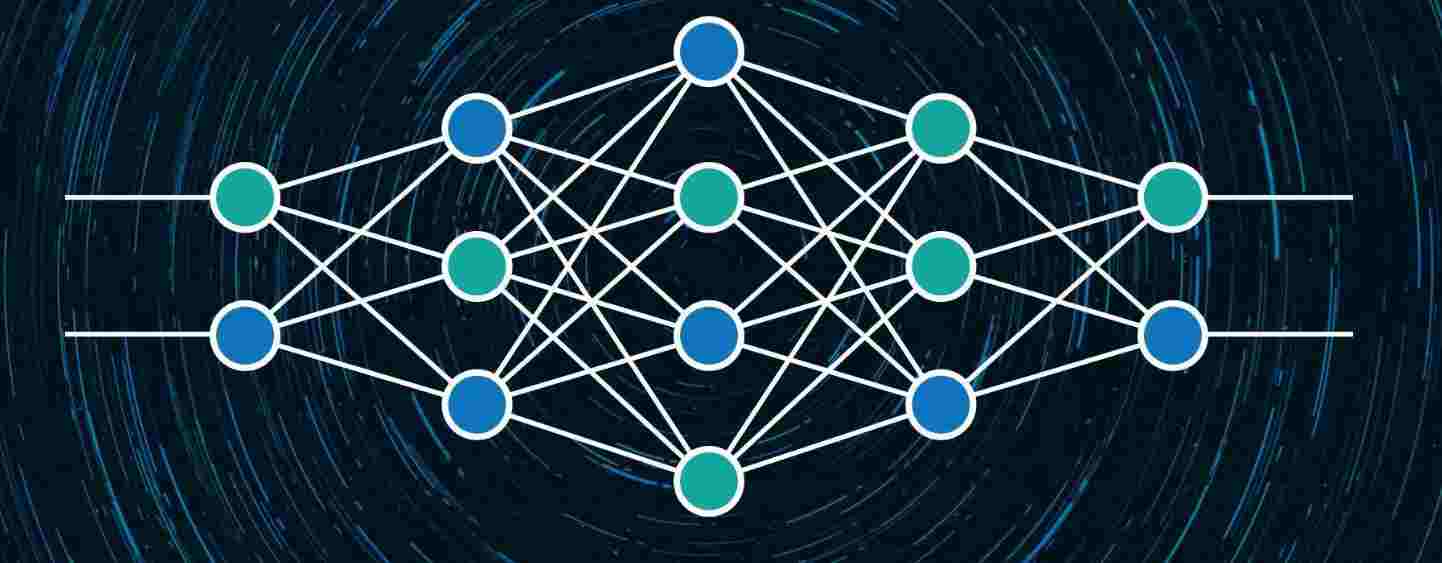Understanding and Minimizing Bias | Minimizing Its Impacts
Published 01-23-2024
19358

Understanding and Minimizing Bias | Minimizing Its Impacts
According to the United Way for Southeastern Michigan, understanding and minimizing bias is vital in various fields that include research, data analysis, decision-making and artificial intelligence, among others. Biases can arise from different sources and can have a significant impact on the accuracy and fairness of results.
But first,
What is Bias?
According to the National Center for Biotechnology Information, bias refers to a systematic error or deviation from the truth in a particular direction, often introduced during the collection, interpretation, analysis, or presentation of information.
In various contexts, bias can manifest as a predisposition, prejudice, or inclination that distorts the accuracy, fairness, or objectivity of results or decisions. It can influence how information is gathered and interpreted, leading to outcomes that are skewed or unfair.
Biases can arise from different sources, including cognitive processes, societal influences, and systemic factors. It is important to recognize that biases can affect individuals, organizations, and systems across various domains, including research, decision-making, artificial intelligence, and everyday judgments.
Bias Types and Strategies for Minimizing Them
Using online resources such as the Critical Appraisal Skills Programme (CASP) and the NLM library among others, Literary Owls’ night owls compiled a list of the most common types of biases along with some of the most effective strategies for minimizing their impacts.
Selection Bias
Selection bias often occurs when a sample used in a study is not representative of the population. So, how can selection bias be minimized?
Some of the most effective strategies for minimizing selection bias include:
-
Using random sampling techniques to ensure each member of the population has an equal chance of being included in the study.
-
Stratified sampling can also be employed to ensure representation from different subgroups.
Confirmation Bias
This type of bias often occurs when individuals favor information that confirms their pre-existing beliefs or hypotheses.
To minimize confirmation bias;
-
Encouraging open-mindedness, diverse perspectives, and peer review.
-
Blind or double blind experiments can also help reduce confirmation bias.
Cognitive Bias
Cognitive bias, be definition, describes the systematic patterns of deviation from rationality or the norm in judgment, often stemming from mental (or heuristics) shortcuts.
Here are some of the strategies that can be employed to minimize cognitive bias;
-
Fostering awareness of cognitive biases through training and education.
-
Encouraging critical thinking and consider using decision-making frameworks that account for biases.
Sampling Bias
Sampling bias occurs when a given group(s) within a population are overrepresented, or otherwise underrepresented, in a sample.
One of the most effective strategy for minimizing this bias type includes;
-
Implementing random sampling, stratified sampling, or use techniques such as quota sampling to ensure a more balanced representation of different groups.
Publication Bias
This type of bias is associated with the tendency for studies with positive results to be published more frequently than those with negative or inconclusive results. This frequent publishing of studies with positive (at the expense of those with negative or inconclusive results) leads to skewed representation of research findings.
Here are some of the minimization strategies;
-
Encourage the publication of all results, regardless of outcome.
-
Journals and researchers can also register study protocols in advance to reduce selective reporting.
Algorithmic Bias
This types of bias is usually as a result of its introduction into algorithms through the training data, hence resulting in unfair or discriminatory outcomes.
To minimize algorithmic bias;
-
Regularly audit and evaluate algorithms for bias.
-
Ensure diverse and representative training data.
-
Use fairness-aware machine learning techniques and post-processing methods to correct biased predictions.
Experimenter Bias
Also known as researcher or observer bias, experimenter bias describes the unintentional impacts that the preconceived notions, beliefs or expectations have on the outcomes of a research or study experiment.
The influence is often unconscious and can be minimized by;
-
Using blind or double-blind experimental designs where the experimenters are unaware of critical information.
-
Standardizing protocols to reduce the influence of individual experimenters.
Response Bias
This often occurs when participants provide inaccurate or biased information. An excellent example of this bias is when research participants are prompted to respond to Likert scales that require them to agree/disagree with various statements.
Response bias can be minimized by;
-
Use of anonymous surveys.
-
Ensuring confidentiality.
-
Employing diverse data collection methods (such as interviews and observations, among others) to cross-validate responses.
Recency Bias
This is a type of bias in which weight is given to events or information that are more recent, hence resulting in the overemphasis on recent occurrences. It makes one assume that future incidences or occurrences will resemble the most recent ones or, in simply put, occurrence are bound to happen soon since they happened recently.
To minimize this bias type;
-
Encourage the consideration of historical data and trends.
-
Use a combination of recent and historical information to make decisions.
Stereotype Bias
This type of bias describes the tendency of making assumptions or judgments about an individual based on their perceived membership in a particular group.
The minimization strategies include;
-
Promoting awareness of stereotypes and encourage unbiased decision-making.
-
Implementing diversity and inclusion initiatives.
Understanding and minimizing bias for reliable and credible results
It is important to note that in as much as complete elimination of biases may be challenging, it is important that awareness and conscious efforts should be implemented in order to minimize biases. Also, you can minimize its impact and enhance the validity and reliability of your research by adopting the strategies outlined above in research. This can improve the reliability and fairness of results significantly, be it in research, data analysis, decision-making or artificial intelligence.
Routine review, transparency and openness to feedback are essential components of an ongoing processes for addressing and mitigating biases.
Bias can occur at various stages of the research process, from study design to data collection and analysis. Here is a comprehensive summary of effrective strategies aimed at minimizing bias in research:
- Clearly define research objectives since clearly articulated research question and objectives leads to a focused and unbiased approach.
- Conduct a thorough literature review to understand existing biases in the field and to build a solid foundation for your research design.
- Use random sampling, if applicable, as this ensures that every member of the population has an equal chance of being included in the study, hence reducing the selection bias.
- Implement blind and double-blind protocols in experimental studies to minimize bias in participant and researcher expectations.
- Standardize data collection procedures and instruments to ensure consistency across participants and settings, reducing measurement bias.
- Conduct pilot studies to identify and address potential issues with the research design, instruments, or procedures before the main study.
- Minimize observer bias if observations are involved by training observers to minimize subjective interpretations and biases. Also, this can be achieved by implementing inter-rater reliability checks.
- Implement transparency in the methodology by clearly documenting the research methodology, including study design, data collection, and analysis procedures to not only enhance transparency but also allow for replication.
- Identify and control for potential confounding variables that could impact the relationship between the variables of interest.
- Conduct objective analysis of data by using appropriate statistical methods for your data and research questions. Also ensure that data analysis is conducted by individuals who are blind to the study conditions.
- Submit your research for peer review before publication. Peer reviewers can provide valuable feedback and identify potential biases that may have been overlooked.
- Clearly disclose any conflicts of interest that could potentially influence the research outcomes.
- Adhere to ethical guidelines and standards to ensure the well-being of participants and the integrity of the research.
- Be open-minded and receptive to unexpected findings, avoiding confirmation bias that may lead to selectively interpreting data.
- If possible, assemble a diverse research team to bring different perspectives and experiences, helping to minimize cultural and individual biases.
Trust Literary Owls with your Academic Writing Tasks
Literary Owls understands that carrying out a research and writing research papers is not as easy as it sounds. However, the very existence of Literary Owls is informed by its objective of providing scholarly writing help, counsel and advisory services in essay, assignment, thesis, lab report and research paper writing, among others, in various disciplines.
With our Literary Owls academic advisory services, you are better placed to attain higher grades and impressive GPA. Join us today and avail the best scholarly and academic writing advisory services or help that is necessary for you to be triumphant in your academic journey!




